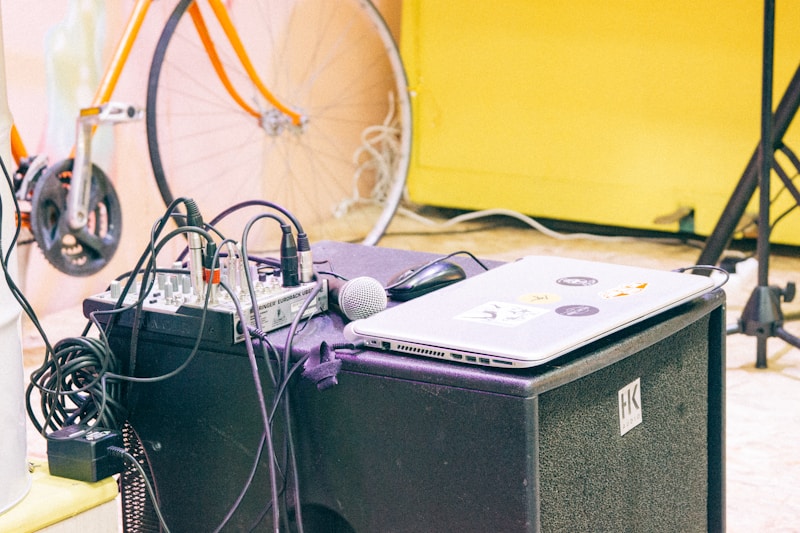Questions and Answers
In Spanish, 'mi' means ______, 'tu' indicates yours, 'su' signifies his, her, or theirs, etc.
my
'Esta casa es muy grande.' This translates to 'This house is very ______.'
big
Possessive adjectives are called personal pronouns because they refer back to people who own ______.
things
Demonstrative adjectives help indicate location by saying what kind of thing it is located ______.
Signup and view all the answers
Adjectives must agree with the gender, number, and ______ of the noun they modify.
Signup and view all the answers
If there is more than one object being described, both objects need to match each other ______.
Signup and view all the answers
Study Notes
Spanish is known for its expressiveness through the use of various types of adjectives. In this article, we'll focus on three key types of adjectives used in the Spanish language — possessive adjectives, demonstrative adjectives, and agreement with nouns.
Possessive Adjectives
In Spanish, you can show possession using certain kinds of adjectives. For instance, 'mi' means my, 'tu' indicates yours, 'su' signifies his, her, or theirs, etc. These are called personal pronouns because they refer back to people who own things. So if someone has a book, they might say: "Mi libro está en la mesa." This translates to "My book is on the table". Here,'mí' refers to me, while 'libro' means book. Thus, the whole sentence says that I have a book sitting on the table.
Demonstrative Adjectives
These are used when pointing out something specific within close proximity. They help indicate location by saying what kind of thing it is located near. For example: "Esta casa es muy grande." This translates to "This house is very big." Here, 'esta' is a demonstrative adjective showing where the speaker is referring to a particular building nearby. It could be across from them, next door, or just visible from where they stand.
Agreement With Nouns
Adjectives must agree with the gender, number, and case of the noun they modify. That means that if there is more than one object being described, both objects need to match each other grammatically. If an object starts with a vowel sound, like 'una', it changes into 'un'. But if it ends with a consonant, like 'pelotas', it stays the same. So, if you want to describe two balls, you would say "Las pelotas son grandes," which means "The balloons are large." But if you wanted to talk about only one balloon, you would say "El globo es pequeño," meaning "the globe is small."
So far, we've looked at how these different types of adjectives work together to make sentences clearer and easier to understand. Understanding these rules makes speaking in Spanish smoother and more precise. Remember to practice regularly so that your usage becomes natural!
Studying That Suits You
Use AI to generate personalized quizzes and flashcards to suit your learning preferences.
Description
Explore the key types of adjectives used in the Spanish language: possessive adjectives, demonstrative adjectives, and agreement with nouns. Learn how to show possession, point out specific things, and ensure agreement between adjectives and nouns for gender, number, and case. Understanding these rules enhances Spanish language fluency and clarity in communication.




